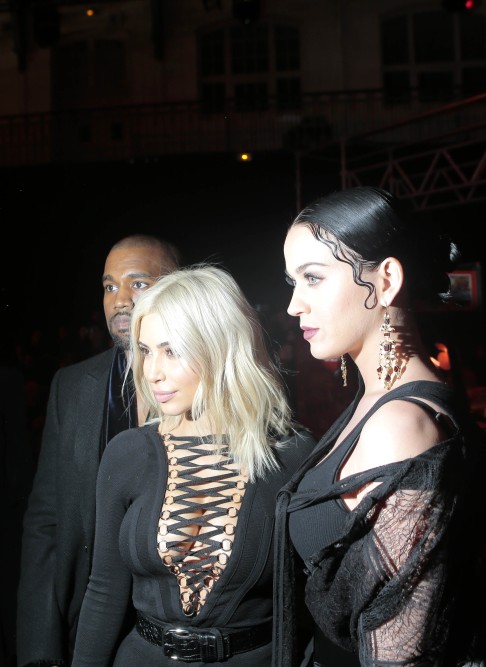
Fashion democracy at last, thanks to Givenchy, and why it's overdue
Label will open its 2016 womenswear show in New York to members of the public - and about time, too, in an era when people are more connected to and fascinated by fashion than ever

Fashion has become more widely accessible than ever. Mass-market brands like Uniqlo have high-end designers. Big-box stores such as Target sell out their one-off collections by rarefied names like Missoni. Reality TV serves up designer drama. So why is it such a rarity for designers to open their runway shows to the public?
Givenchy has announced that it is doing just that. Designer Riccardo Tisci will welcome regular folks to the debut of his spring 2016 womenswear collection during New York’s fashion week.
In any runway season, Givenchy's is one of the most anticipated presentations. The Paris-based label sparks trends, starts conversations and attracts a mob of celebrities. This season, Tisci is parachuting into Manhattan, where he will unveil his collection not just in front of editors and retailers but also to those anonymous outsiders who are enchanted by fashion, revel in its glamour and ultimately consume it.
The fashion crowd will access the show through a separate entrance and sit in its usual seats. But a couple of hundred spots will be reserved for local fashion students, and 820 seats will be given out on a first-come, first-served basis.

The public has occasionally had a window onto the real-time machinations of fashion – big brands such as Gucci have live-streamed their shows, charity events have auctioned off seats along the runway. Some designers have presented their shows in quasi-public spaces, where anyone who happened to pass by might glimpse the official goings-on. But Givenchy is doling out invitations, reserving seats and welcoming the public. Come on down!
The Givenchy show will undoubtedly attract the most passionate fashion fans – the ones who read blogs dedicated to the subject, as well as trade publications and the like. They are the ones most likely to have jumped online at the first wind of the tantalising offer. But it would serve the fashion industry well to regularly open its doors and let more civilians into more shows.
Thanks to the rise of bloggers, fast-fashion and e-commerce, the culture is more connected to and fascinated by fashion than ever. Designers can no longer dictate hemlines. There are no hard and fast rules about what is or isn’t in vogue. Consumers create trends, for the most part, and designers polish them up and sell them back.
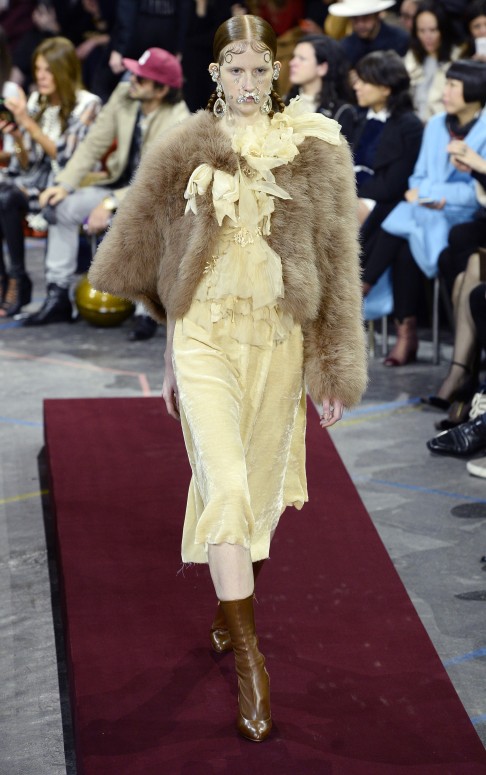
No matter where one lives, high-end design is accessible, thanks to the internet. Natalie Massenet, the founder of Net-a-Porter who last week announced her departure from the company ahead of its merger with e-commerce site Yoox, proved that fashion – luxury fashion – is not that different from technology, music or books. In the right environment, fashion lovers will shop cyberspace.
No one has to wait months, days or even hours, to see images from a fashion show. The next season’s frocks are readily viewable within the hour. And soon after that, anyone can blast their opinion of those frocks across the realm.
The thrill of fashion remains, but how it’s presented, critiqued and consumed is in flux.
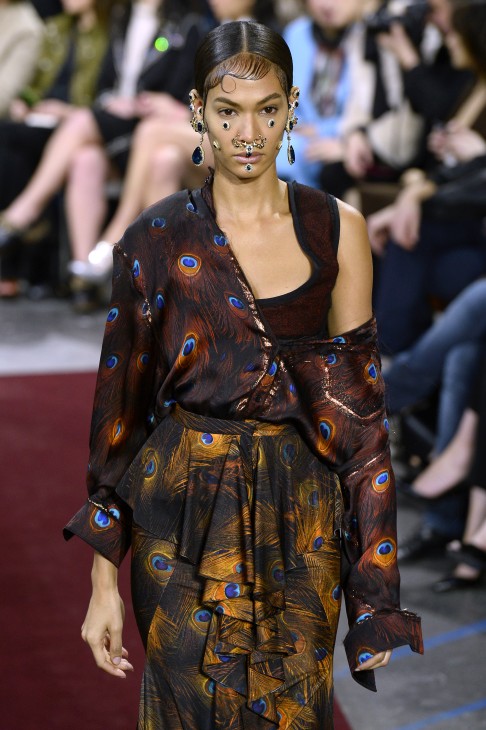
So far, this more democratic fashion industry hasn’t fundamentally changed its relationship with the culture. People haven’t got past the stereotypes to grasp the reality. You can see the clichés and stubborn tropes played out by contestants on Project Runway: fashion remains mysterious, confounding and, for no small number of people, physically inaccessible. Observers still muster surprise that Vogue editor Anna Wintour and other members of the fashion industry are invested in political campaigns. But there’s no similar wide-eyed fascination when dollars roll in from Hollywood, technology or sport.
A lot of people, too many people, simply don’t get fashion – and don’t really want to. They have a mighty disconnect between what they see in a store, or on city streets, and what appears in magazines and what they glimpse on the runway. And what happens on the runway – particularly from the industry’s most creative, dynamic brands – is the distillation of a designer’s vision to its most authoritative essence.
It would do the culture well to have more people sitting in the audience watching a fashion show live – watching fashion’s equivalent of spring training, play-off games and the Super Bowl. Folks wouldn’t just see a denuded runway image of clothes on a skinny girl against a plain backdrop. If regular folks were invited to shows, they would have an opportunity to settle in and wait – and wait – while watching professionals arrive looking vaguely fatigued and distracted yet intrigued about the possibility of seeing something terrific. They would understand that those startling images beloved by photographers of women wearing bunny ears, teddy bear tops and see-through dresses are akin to sports pictures of folks in kooky hats with their face painted in team colours.
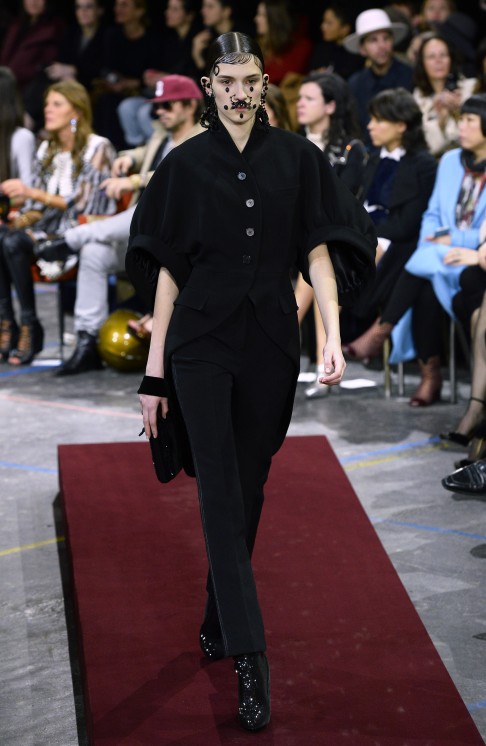
What’s with those people? They are the overzealous sport nuts. The goofballs. The true believers. But they are not the norm. A polka-dot bodysuit isn’t fashion. That’s fandom.
They would see that while a small percentage of guests arrive wearing shoes with heels high enough to give one a nosebleed, the majority of women are in heels meant for navigating city streets – or, increasingly, flats. People are stylishly turned out because they enjoy fashion, but unless they are headed to a fancy dinner afterwards, working guests do not arrive at a fashion show wearing cocktail attire.
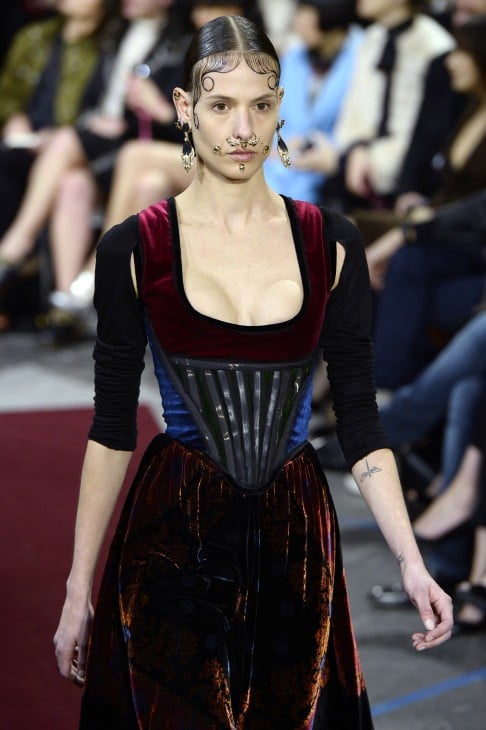
Regular folks would also come to the realisation that, as in sport, not every outing is a theatrical blockbuster. In sport, there are wash-outs; the fashion equivalent is a runway show of nice separates that can go from day to evening. People could feel the rush of the crowd, the thrill of the music, the anticipation for a star designer or a promising newbie, the sweep of it all. People could experience fashion as business, entertainment, beauty and culture.
Fashion should invite more outsiders into the bleacher seats. There was a time when fashion was exclusive and spoke to a tiny percentage of the population. Fashion speaks globally now. Opening up the runway would help a lot of people more precisely understand exactly what the industry is talking about.
The Washington Post